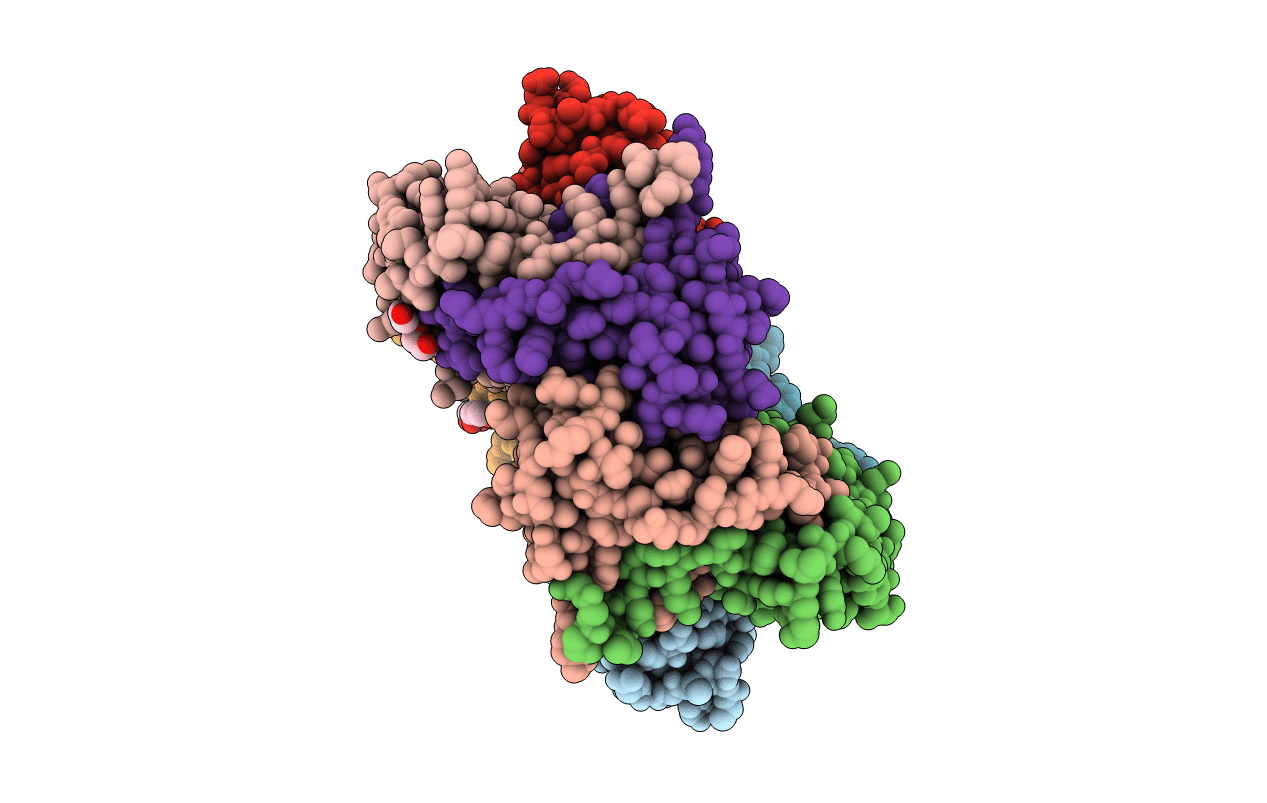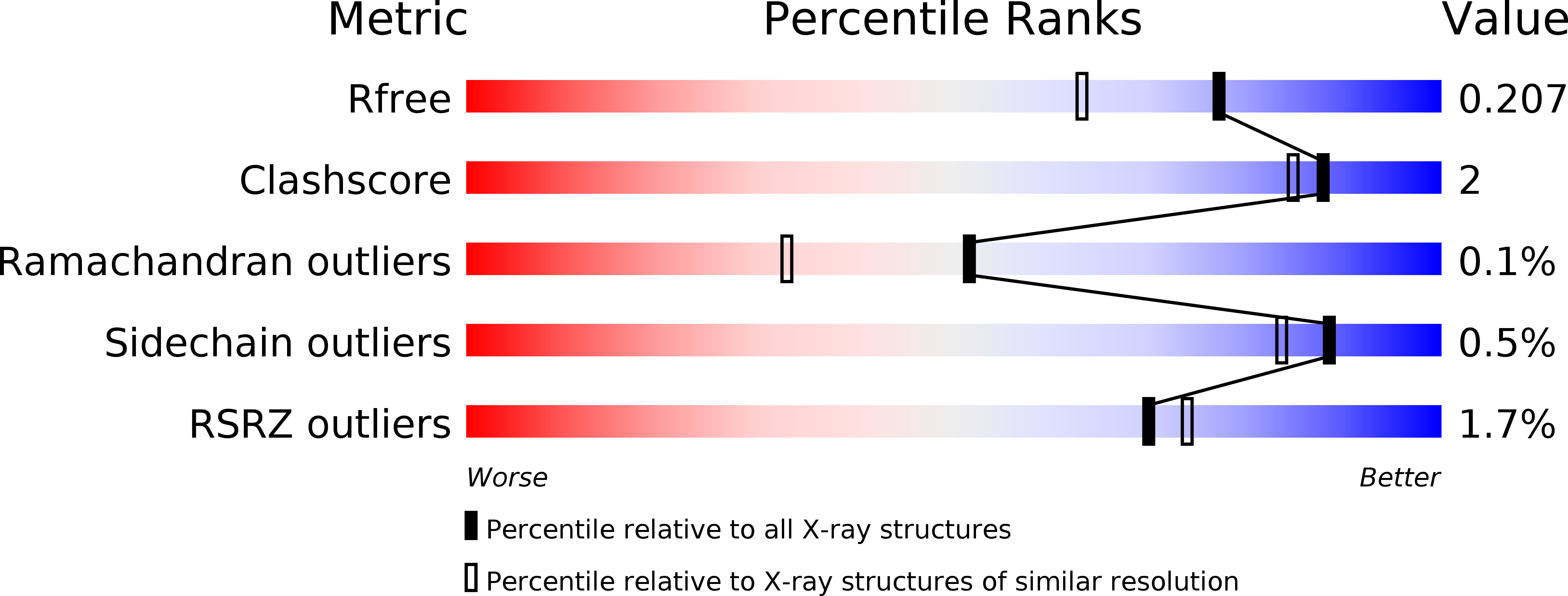
Deposition Date
2016-08-22
Release Date
2016-09-14
Last Version Date
2024-11-13
Method Details:
Experimental Method:
Resolution:
1.70 Å
R-Value Free:
0.20
R-Value Work:
0.18
R-Value Observed:
0.18
Space Group:
P 1 21 1


